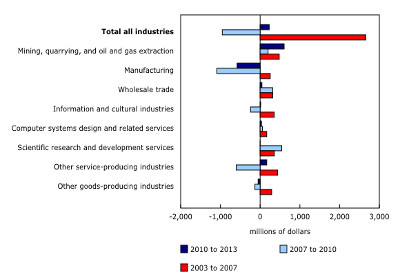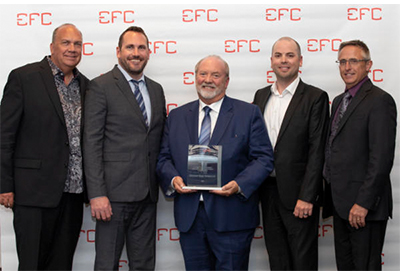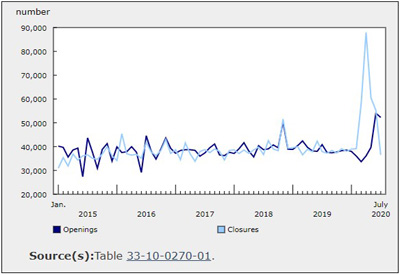Being Online and Being Good at It

Nov 11, 2020
By Frank Hurtte
Here is a good news/bad news kind of story. Distributors across North America are investing to create webstores and an enhanced online presence — that’s the good news. Conversely, the bad news is many of them have yet to establish any real level of expertise in the whole digital experience. Simply put, they’re online but not good at it.
Unlike traditional distributor selling where customer experience is based on local competitors and the guy on the other side of town, the customer compares their online experience to global options. Customer experience with Amazon, Target, Costco, and others sets the bar for expectations. We can’t have a schlocky webstore and expect great results.
To set the stage, one of the megatrends of the pandemic has been growth in web-based buying. For instance, according to emarketer.com (Oct 12, 2020), e-commerce sales have grown by 32.4% while brick and mortar retailer sales have declined by 3.2%. This trend extends into our industry.
While many traditional distributors currently have webstores, the online-only guys are outperforming them. Reports from manufacturers indicate online (only) distributors have been tracking ahead of traditional brick and mortar distributors by as much as 40%. While none of them doubt the need for local support, technical expertise, and application skills of their traditional distributors, they see customers placing more of their orders online, but not with our kind of distributors.
Understanding our customers want an omnichannel approach to buying, they want to use both the Internet, as well as our technically skilled sales teams. If a knowledge-based distributor lacks a webstore, they are losing at least some of their business to the online guys. Customer-focused research indicates that even our best customers use websites to order products. Generally, this is time and convenience oriented. One OEM VP of engineering related his team is authorized to order “last minute” needs to complete projects mostly to eliminate the time spent with their own internal purchasing department. This business could/should have gone to the local distributor. Sadly, it didn’t.
How do we “get good” at eCommerce?
There are several steps required to improve our situation. Some are easy, others are more difficult. Let’s review the list.
1. First, you need a quality webstore
Content is king. Your site should have product data, pictures, and perhaps some application-specific information. Distributors with webstores featuring only catalogue numbers without the other data do not provide a thorough customer experience. While most believe manufacturers have all the content needed, most do not. Further, the formatting of the information they do have is often not correct for webstore use. Thankfully, there are new options. One of these is KYKLO, a company providing not only content but everything required to launch the right kind of website.
Your webstore should also be searchable. While most distributors are not attempting to attract business from all over the world, it is nice for customers to be able to find you. Additionally, your store should be optimized for mobile devices. Experts tell us, over 50% of our customers conduct at least a portion of their search via smartphones, tablets, or other devices. If you deal with contractors, remote service technicians, and others in similar positions, that percentage may be higher.
2. Educate your team
Assuming your team understands the purpose of the best use of your webstore could be a mistake. Many of them may see the website as a threat rather than a supplement to their position. Talk about the webstore as a new tool for driving business and a source of potential leads.
Train your team on how to manoeuvre through the webstore, the products listed, how product configurators and selection tools work, the pricing used, and the accuracy of inventory. Further, I recommend the sales team practice entering orders on a dummy account. This will allow them further insight into how the system works.
3. Introduce and educate customers on your webstore
Salespeople should be tasked with introducing and demonstrating the webstore to customers. Important customers should have accounts pre-set and waiting for their use. Along the way, the messaging to the customers should be positive and consistent: “Use our webstore for an easier, smoother business solution.”
4. Find reasons to pull your customers into the webstore
Customer quotes built around the webstore with links to the right pages in the store allow customers to easily acknowledge the quote and place an order with a click of their mouse. Inside salespeople discussing products with a customer should use built-in product selection guides integral to the webstore to clarify the customer discussion.
5. Develop a sales manager for your webstore
Most distributors have relegated responsibility for the webstore to IT professionals who do not understand our products, customer needs, or sales process. This person would be responsible for tracking sales, ensuring customers are informed of the system, training, and other activities generally assigned to a sales manager.
Tying all of this together and hitchhiking on the world wide web.
As we post these thoughts, we are on what I certainly hope is the backstretch of a global pandemic. If there is one certainty tied to this whole coronavirus thing, it is this: everyone is using the Internet and e-commerce now more than ever. Our customers are searching online, buying online, and still need our special brand of hands-on technical service and support. We are good at providing knowledge with the products we sell… and now we have to be good at being online.
Frank Hurtte is the Founding Partner of River Heights Consulting. He combines the battle scars of 28 years of front line “in the trenches” experience with over 13 years of service to knowledge-based distributors and their manufacturer partners. Email or call today to make these virus-driven times work for you: www.RiverHeightsConsulting.com.











